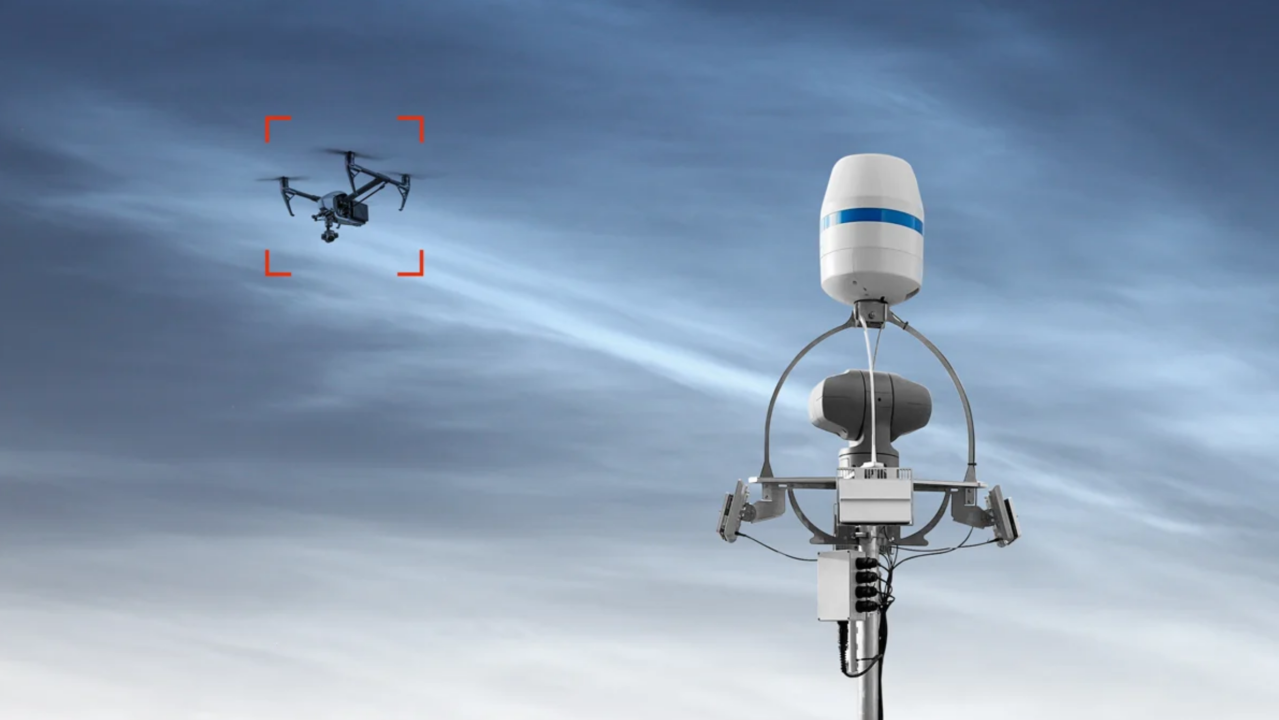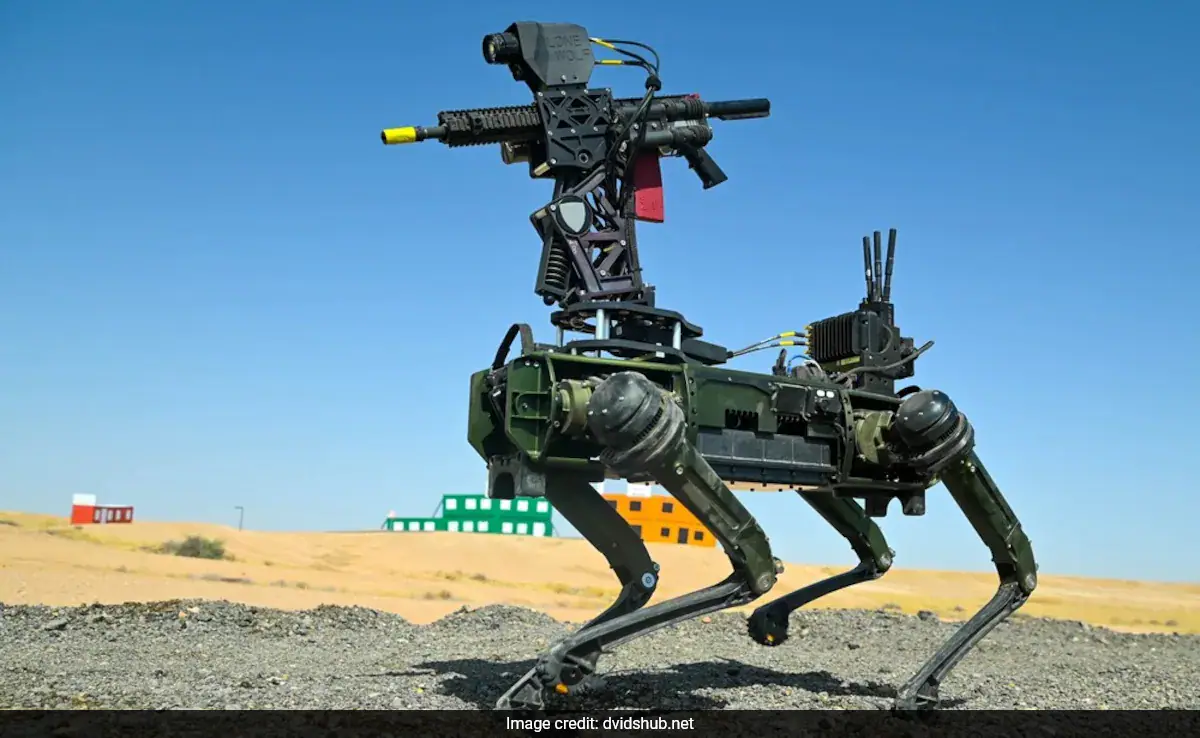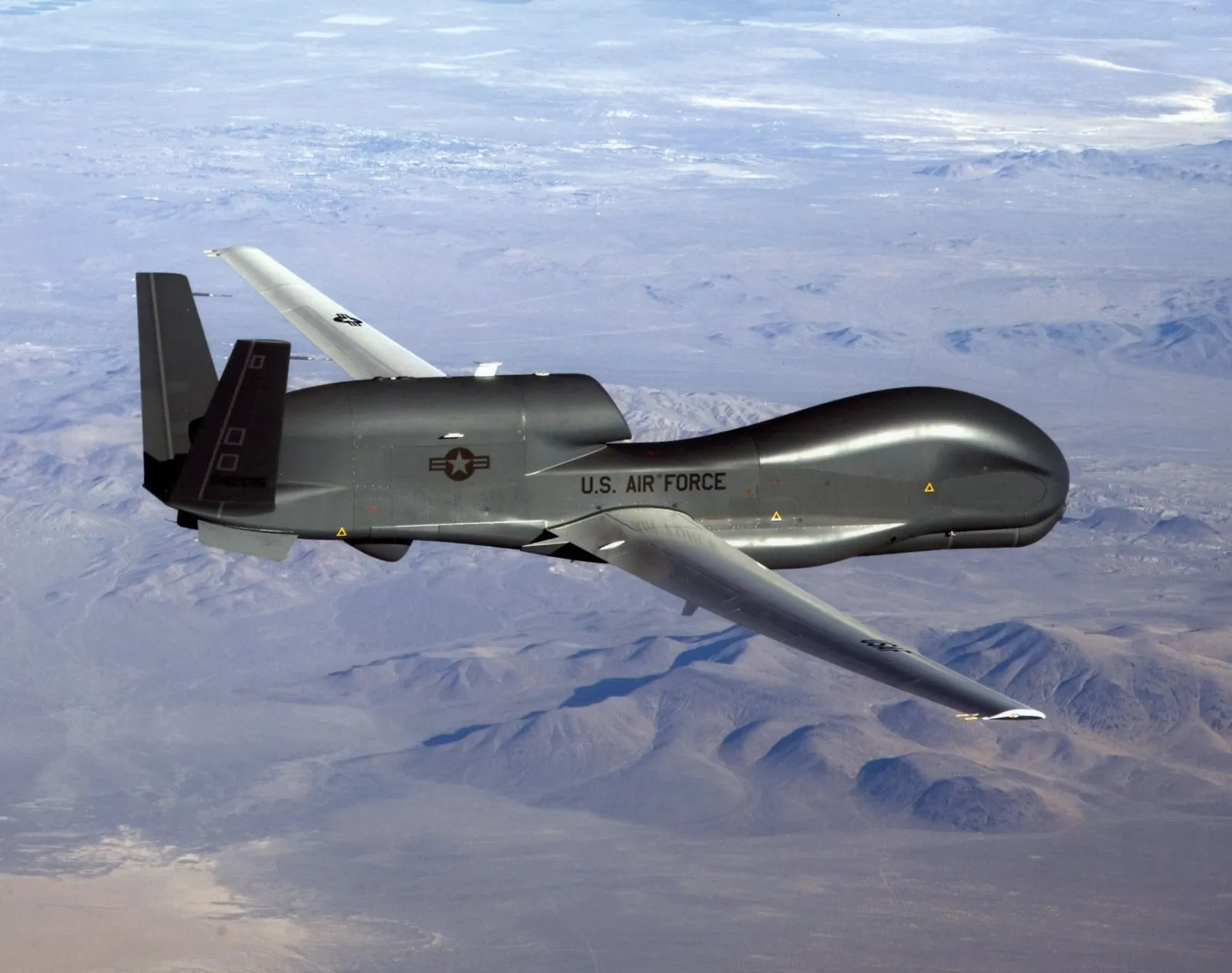The Drone Threat: A New Era of Warfare
The proliferation of drones, both for civilian and military use, has drastically altered the landscape of modern warfare and security. What was once considered a futuristic threat is now a present-day reality, demanding rapid advancements in counter-drone technology. Defense strategists are scrambling to develop effective solutions to neutralize the dangers posed by these increasingly sophisticated unmanned aerial systems (UAS).
Consider this: in 2023, the global counter-UAS market was valued at approximately $2.1 billion. This isn't just about shooting drones out of the sky; it's about developing a comprehensive system to detect, identify, track, and neutralize drone threats while minimizing collateral damage. This is easier said than done, given the variety of drone types and the environments they operate in.
Counter-UAS (C-UAS) systems are designed to detect, identify, track, and neutralize UAS threats.
The Challenge of Detection
One of the biggest challenges in countering drones is detection. These machines can be small, fast, and difficult to spot, especially in complex urban environments. Traditional radar systems, designed to detect larger aircraft, often struggle to pick up on the signature of a small drone. This is where innovative technologies like acoustic sensors, radio frequency (RF) scanners, and advanced optical sensors come into play.
“The key to effective counter-drone defense is early detection and accurate identification,” explains General Mark Richards, a leading expert in aerial defense strategy. He added, “We need systems that can differentiate between a hostile drone and a harmless commercial device.”
Different Types of Countermeasures
Once a drone is detected and identified as a threat, the next step is to neutralize it. This can be achieved through a variety of countermeasures, each with its own strengths and weaknesses. Kinetic solutions, such as shooting the drone down with projectiles, are effective but can also be risky in populated areas.
Countermeasures range from kinetic solutions (e.g., shooting down drones) to non-kinetic methods (e.g., jamming signals).
Non-kinetic methods, such as jamming the drone's control signals or spoofing its GPS, offer a less destructive alternative. However, these methods can also be susceptible to countermeasures, as drone technology continues to evolve. High-powered microwave (HPM) weapons are another emerging technology that can disable drones by disrupting their electronic components. The effectiveness of a particular countermeasure will depend on the specific drone being targeted, as well as the environment in which it is operating.
“The drone threat is constantly evolving, so our counter-drone capabilities must evolve even faster,” says Dr. Anya Sharma, a leading researcher in C-UAS technology.
The Role of Artificial Intelligence
Artificial intelligence (AI) is playing an increasingly important role in counter-drone technology. AI algorithms can analyze vast amounts of data from multiple sensors to quickly detect and identify drone threats. AI can also be used to automate countermeasures, allowing for a more rapid and effective response. The use of AI is critical for dealing with swarms of drones, which can overwhelm traditional defenses. In fact, a recent study showed that AI-powered C-UAS systems had a 30% higher success rate in neutralizing drone swarms compared to systems without AI.
AI-powered C-UAS systems boast a 30% higher success rate against drone swarms.
AI is used to enhance drone detection, identification, and automated response.
Challenges and Future Directions
Despite the rapid advancements in counter-drone technology, significant challenges remain. One of the biggest is the lack of standardization in C-UAS systems. Different manufacturers often use proprietary technologies, making it difficult to integrate systems from different vendors. This can lead to gaps in coverage and increased costs.
Lack of standardization hinders the integration of C-UAS systems from different manufacturers.
Another challenge is the legal and regulatory framework surrounding the use of counter-drone technology. In many countries, it is unclear when and how C-UAS systems can be deployed, particularly in civilian airspace. This uncertainty can hinder the development and deployment of effective counter-drone solutions.
The global counter-UAS market is projected to reach $5.18 billion by 2028.
“We need a clear legal and regulatory framework to ensure that counter-drone technology is used responsibly and effectively,” argues Senator Emily Carter, a member of the Senate Armed Services Committee.
The Ethics of Counter-Drone Warfare
Beyond the technical and legal challenges, there are also ethical considerations to keep in mind. The use of lethal force against drones, even when they pose a threat, raises concerns about unintended consequences and potential civilian casualties. It is crucial to develop C-UAS systems that minimize the risk of collateral damage and adhere to international humanitarian law.
“The responsible use of counter-drone technology requires careful consideration of ethical and legal implications,” emphasizes Dr. David Lee, a professor of military ethics.
The Future of Aerial Defense
The race to develop effective counter-drone technology is far from over. As drone technology continues to evolve, so too must our defenses. The future of aerial defense will likely involve a layered approach, combining multiple detection and neutralization methods, and leveraging the power of AI to stay one step ahead of the threat. Collaboration between governments, industry, and academia is essential to ensure that we have the tools and strategies needed to protect ourselves from the evolving drone threat.
Takeaway: Counter-drone technology is a critical component of modern defense, demanding continuous innovation and adaptation to address the ever-evolving drone threat. Collaboration, standardization, and ethical considerations are paramount in shaping the future of aerial defense.




